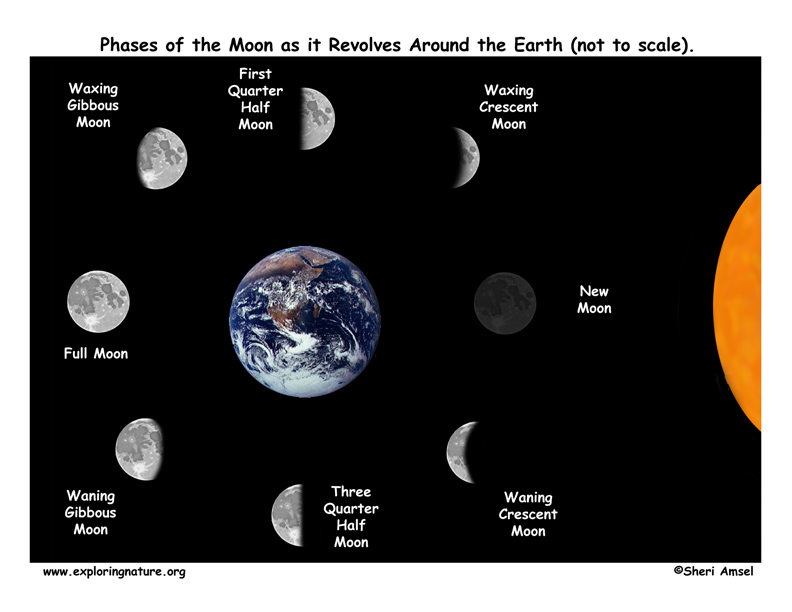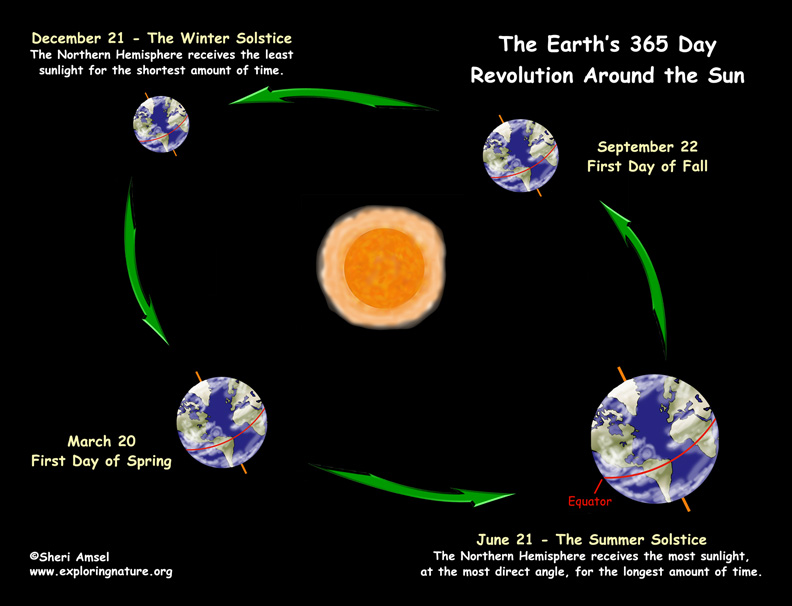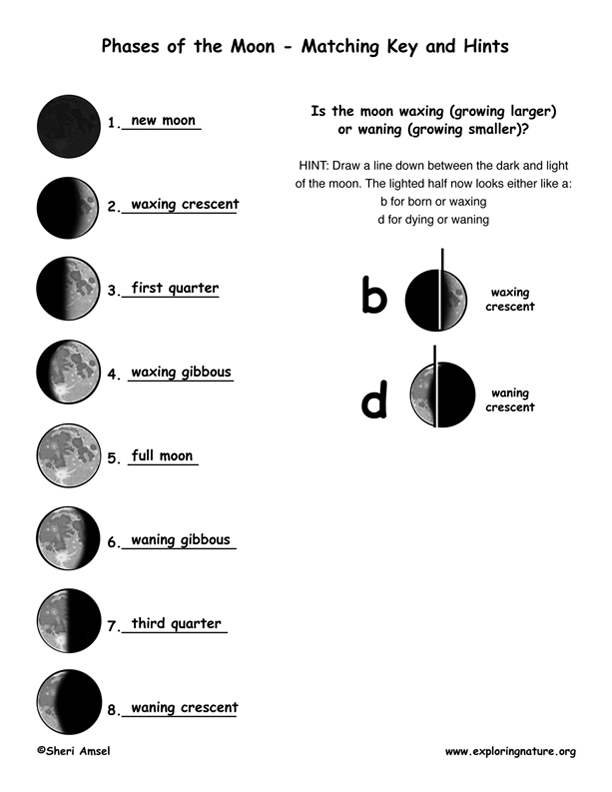

_________________________________________________________________________________________________________________________________________________________
Disciplinary Core Ideas
ESS1.A: The Universe and its Stars
• Patterns of the motion of the sun, moon, and stars in the sky can be observed, described, and predicted. (1-ESS1-1)
ESS1.B: Earth and the Solar System
• Seasonal patterns of sunrise and sunset can be observed, described, and predicted. (1-ESS1-2)
Performance Expectations Students who demonstrate understanding can:
1-ESS1-1. Use observations of the sun, moon, and stars to describe patterns that can be predicted. [Clarification Statement: Examples of patterns could include that the sun and moon appear to rise in one part of the sky, move across the sky, and set; and stars other than our sun are visible at night but not during the day.] [Assessment Boundary: Assessment of star patterns is limited to stars being seen at night and not during the day.]
1-ESS1-2. Make observations at different times of year to relate the amount of daylight to the time of year. [Clarification Statement: Emphasis is on relative comparisons of the amount of daylight in the winter to the amount in the spring or fall.] [Assessment Boundary: Assessment is limited to relative amounts of daylight, not quantifying the hours or time of daylight.]
_________________________________________________________________________________________________________________________________________________________
Use the Template and Resource Links to Fulfill NGSS
l. Goals:
Essential Questions:
NGSS Note: Think, question, entertain ideas.
ll. Introductory Activities to Assess Prior Knowledge
A. Simple Activities - that assess students’ understanding of Earth events that happen very quickly and others that occur very slowly.
B. Brainstorming Session
Question: What are some of the things students notice about when the sun rises and sets throughout the year?
1. Ask students to think about winter nights and summer nights and explain how they might seem different. Cue them with thoughts of when it gets dark at Thanksgiving as opposed to the fourth of July, when the moon comes up, if it's light in the mornings when they get up in the winter versus over summer break, etc.
2. Discuss
A. Read about moon patterns and seasonal changes.
Phases of the Moon Explained
Examples of Models (depicts the concept expressed in the reading):
Ask students to look at the model of the Phases of the Moon. This is not an easy concept for most adults to understand, so for 1st grade students, looking at the model and coloring a model of their own, may be a good start. The same with the Earth's Revolution Around the Sun, which is another complex concept.
Let younger students creat their own Moon Phase Model with a coloring page:
For more advanced students, try these activities:
Phases of the Moon - Cut & Paste & Name
Phases of the Moon - Order, Cut & Paste
V. Summarize Knowledge - Enduring Understandings
Vl. Next Generation of Science Standards (NGSS) - Grade 1
Disciplinary Core Ideas
ESS1.A: The Universe and its Stars
• Patterns of the motion of the sun, moon, and stars in the sky can be observed, described, and predicted. (1-ESS1-1)
ESS1.B: Earth and the Solar System
• Seasonal patterns of sunrise and sunset can be observed, described, and predicted. (1-ESS1-2)
Science and Engineering Practices
Planning and Carrying Out Investigations
Planning and carrying out investigations to answer questions or test solutions to problems in K–2 builds on prior experiences and progresses to simple investigations, based on fair tests, which provide data to support explanations or design solutions.
•Make observations (firsthand or from media) to collect data that can be used to make comparisons. (1-ESS1-2)
Analyzing and Interpreting Data
Analyzing data in K–2 builds on prior experiences and progresses to collecting, recording, and sharing observations.
• Use observations (firsthand or from media) to describe patterns in the natural world in order to answer scientific questions. (1-ESS1-1)
Crosscutting Concepts
Patterns
• Patterns in the natural world can be observed, used to describe phenomena, and used as evidence. (1-ESS1-1),(1-ESS1-2)
Connections to Nature of Science
Scientific Knowledge Assumes an Order and Consistency in Natural Systems
• Science assumes natural events happen today as they happened in the past. (1-ESS1-1)
• Many events are repeated. (1-ESS1-1)
Performance Expectations
Students who demonstrate understanding can:
1-ESS1-1. Use observations of the sun, moon, and stars to describe patterns that can be predicted. [Clarification Statement: Examples of patterns could include that the sun and moon appear to rise in one part of the sky, move across the sky, and set; and stars other than our sun are visible at night but not during the day.] [Assessment Boundary: Assessment of star patterns is limited to stars being seen at night and not during the day.]
1-ESS1-2. Make observations at different times of year to relate the amount of daylight to the time of year. [Clarification Statement: Emphasis is on relative comparisons of the amount of daylight in the winter to the amount in the spring or fall.] [Assessment Boundary: Assessment is limited to relative amounts of daylight, not quantifying the hours or time of daylight.]
Common Core State Standards Connections
ELA/Literacy
W.1.7 Participate in shared research and writing projects (e.g., explore a number of “how-to” books on a given topic and use them to write a sequence of instructions). (1-ESS1-1),(1-ESS1-2)
W.1.8 With guidance and support from adults, recall information from experiences or gather information from provided sources to answer a question. (1-ESS1-1),(1-ESS1-2)
Mathematics
MP.2 Reason abstractly and quantitatively. (1-ESS1-2)
MP.4 Model with mathematics. (1-ESS1-2)
MP.5 Use appropriate tools strategically. (1-ESS1-2)
1.OA.A.1 Use addition and subtraction within 20 to solve word problems involving situations of adding to, taking from, putting together, taking apart, and comparing, with unknowns in all positions, e.g., by using objects, drawings, and equations to represent the problem. (1-ESS1-2)
1.MD.C.4 Organize, represent, and interpret data with up to three categories; ask and answer questions about the total number of data points, how many in each category, and how many more or less are in one category than in another. (1-ESS1-2)
When you research information you must cite the reference. Citing for websites is different from citing from books, magazines and periodicals. The style of citing shown here is from the MLA Style Citations (Modern Language Association).
When citing a WEBSITE the general format is as follows.
Author Last Name, First Name(s). "Title: Subtitle of Part of Web Page, if appropriate." Title: Subtitle: Section of Page if appropriate. Sponsoring/Publishing Agency, If Given. Additional significant descriptive information. Date of Electronic Publication or other Date, such as Last Updated. Day Month Year of access < URL >.
Amsel, Sheri. "Grade 1 - 1-ESS1 Earth’s Place in the Universe" Exploring Nature Educational Resource ©2005-2024. December 13, 2024
< http://www.exploringnature.org/db/view/Grade-1-1-ESS1-Earthrsquos-Place-in-the-Universe >



